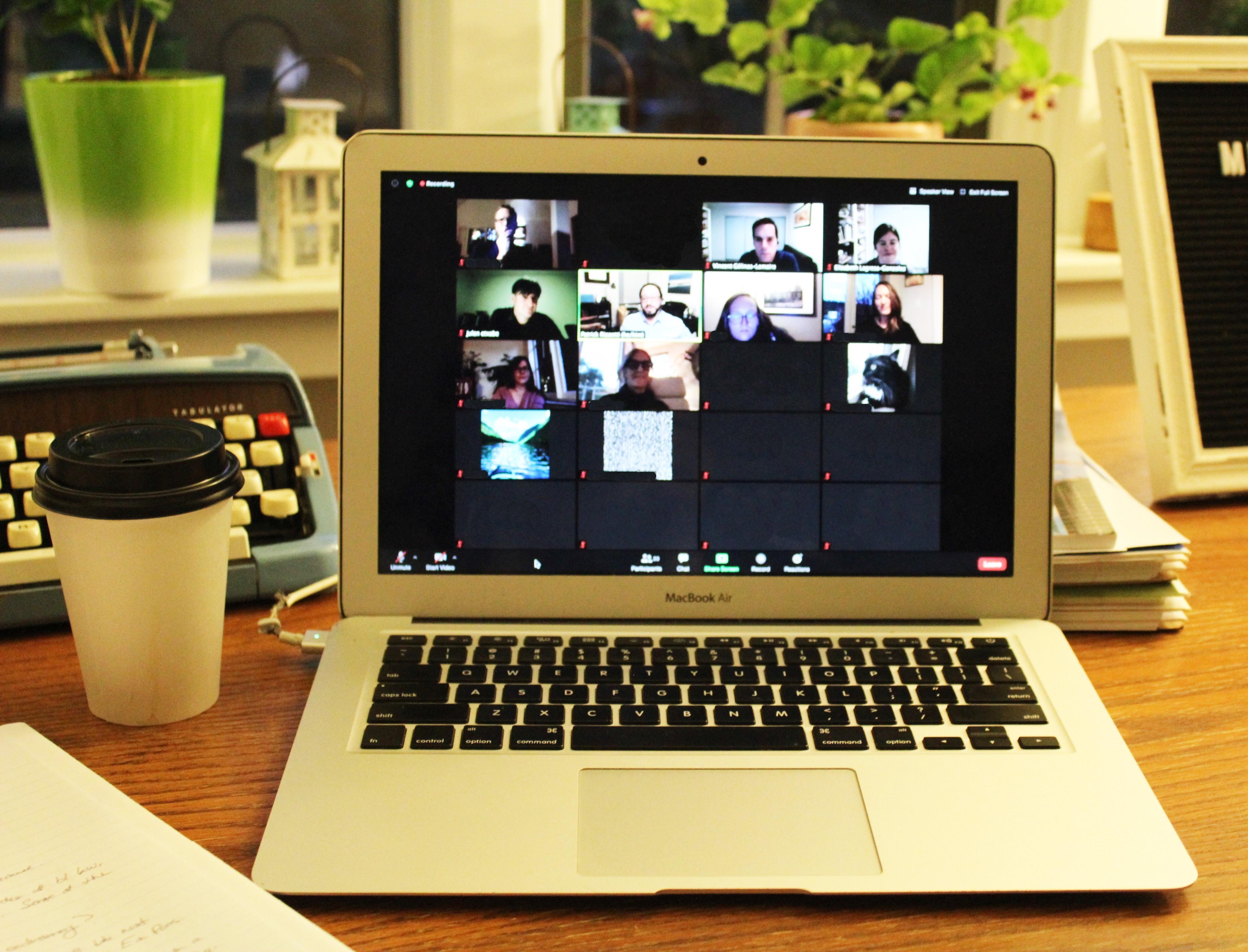
Four Leading Scholars walk into a bar.
For the first scholar, it’s a world of architecture and story, where the stools and tables, the mirror hanging over the bar, create a space where characters enact their stories and play out their narratives.
For the second, it’s a world of cross-cultural encounters, where the commercially-imported beer from Germany meets the potatoes grown and harvested in China that have become American-style French fries on the tables.
For the third, it’s a world governed by laws and licenses, where you can only drink above a certain age, can only be served a certain amount and must leave by a certain time.
For the fourth, it’s a world of setting, of emotion made manifest in a set-piece designed with entrances and exits and where players stroll back and forth, declaiming their lines.
The four scholars in this instance, and in the above order, are Vincent Gélinas-Lemaire, Elizabeth Lagresa-González, Julen Etxabe and Patrick Rizzotti, and their setting is not the proverbial bar, but at Green College where their talk entitled Narrative Architecture: How Storytelling Builds Worlds took place virtually on October 22.
Each member of the contingent of Leading Scholars at Green College turned to their screens to give a short presentation to participants joining them over Zoom on how they approached the idea of world-building from their various disciplines of literature, law and design.
Our first scholar, Gélinas-Lemaire, studies French literature and architecture, combing the two with a look into how literary techniques build worlds within and through narratives and encouraged his listeners to think not only about space as its location to the coordinates of when and where, but defined also by how it is constructed. In his presentation, Gélinas-Lemaire listed several tools authors use to build spaces from geometric, localized, and allegorical to the dynamic and technical toolkit and offered examples from La Jalousie, Le Rouge et le Noir and Le roman experimental, among others, of how authors construct fictional worlds through words on the page and in essence how “no space preexists the text.”
Our second scholar, Lagresa-González, placed her presentation in the world of the Renaissance, a time when invention, exploration and scientific and technological advancement in Europe brought new worlds into focus at the end of a telescope. A scholar of cross-cultural transitions, Lagresa-González walked her audience through a series of engravings by Johannes Stradanus entitled New Inventions and Discoveries of Modern Times, pointing to how the scenes depicted innovations such as book printing or silk production that evoked the nature of a world on the verge of expanding outwards, moving towards globalization and increasingly interconnected systems of commercial networks. In another Stradanus engraving entitled Vespucci Meeting America, Lagresa-González deliberated upon the depiction of the New World in a female body, signifying gendered relationships of power, the female body as a conduit for abstract ideas of nation and commerce and a representation of an ‘other’ as both foreign and familiar.
Our next scholar, Etxabe, discussed the formation of worlds through judicial opinions, in particular his observation of an increasing trend towards dialogically-built judicial authority. In contrast to a monological judicial voice wielding its singular authority in the face of opposing opinions, Etxabe spoke on a recent instance of dialogical judicial opinion building in the case of Vinter and Others v. United Kingdom in which the Grand Chamber of the European Court of Human Rights ruled that whole life orders of imprisonment violate Article 3 of the European Convention of Human Rights. In this instance, Etxabe pointed to how the European court built its authority upon judicial pillars from Germany and the UK itself to borrow authority from a latitude of other judicial voices, thereby interweaving different worlds with an understanding of their interconnectedness and relationality.
Finally, our last scholar, arriving late to the bar, presented for the listeners his creative process for world-building. With examples from productions like On the Other Side of the River, Rizzotti encouraged listeners to think about settings as space as a physical manifestation of emotional, psychological and narrative structures. The scenic designer spoke about his creative process, from exploring the text, to distilling a central idea, experimenting, evaluating, editing and finally implementation. Creating a compelling set design, Rizzotti concluded is much less about a response, but about creating a world where content and tone meet.
The Leading Scholars’ series exists to share the multidisciplinary work conducted by Green College’s current contingent of scholars. It asks them to come together on shared themes and make connections between their different approaches.
The next event in the Leading Scholars’ series will take place on November 5 at 5pm and will feature Desmond Manderson a professor of law at the Australian National University giving a talk entitled Strange Bedfellows: Law, Art and the Crimes of Justice blending together the odd sleeping partners of law and art. We will see you then!
Before the talk on November 5, watch these two short videos by Professor Manderson as an introduction to his topic: http://ow.ly/YTqU50C3fru and http://ow.ly/YUP750C3frt
by: Jane Willsie, Department of English Language and Literature, UBC; Green College Work Learn Content Writer, 2020-21